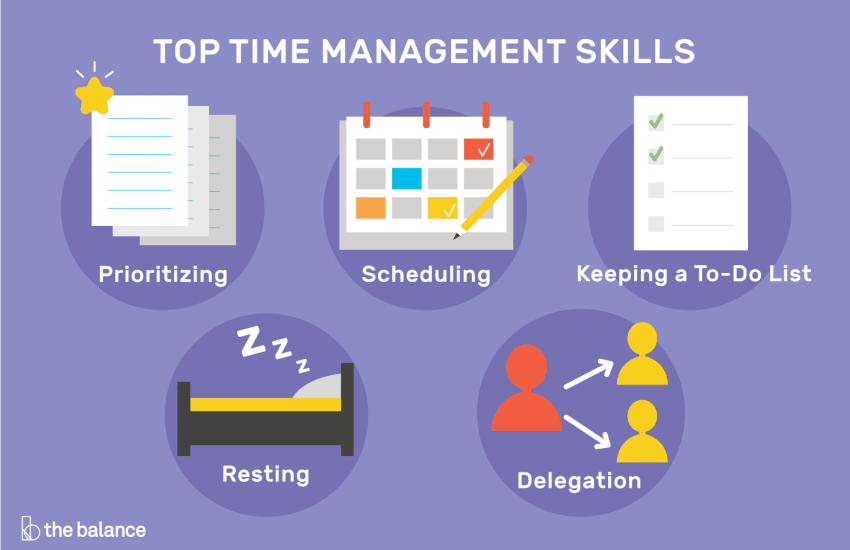Change Management: Best Practices for Leaders
In today’s fast-paced tech industry, change is inevitable. Whether it’s a new software update, a shift in company culture, or a major restructuring, leaders in the tech niche must be equipped to handle change effectively. Change management is a crucial skill for leaders to master in order to navigate these transitions smoothly and ensure the success of their teams and organizations. In this article, we will explore the best practices for leaders in the tech niche to follow when implementing change.
1. Communicate effectively
One of the most important aspects of change management is effective communication. Leaders must clearly articulate the reasons for the change, the expected outcomes, and the steps that will be taken to implement it. It is also important to listen to feedback from employees and address any concerns they may have. Open and honest communication builds trust and helps to mitigate resistance to change.
2. Create a clear vision
A clear vision is essential for successful change management. Leaders must be able to clearly articulate the end goal of the change and how it will benefit the organization. This vision should be communicated consistently and reinforced throughout the change process to keep employees motivated and engaged.
3. Empower and involve employees
Employees are more likely to embrace change when they feel empowered and involved in the process. Leaders should involve employees in decision-making, encourage feedback and suggestions, and provide opportunities for training and development. By empowering employees, leaders can build a sense of ownership and commitment to the change.
4. Anticipate and address resistance
Resistance to change is natural, but it can be detrimental if not addressed effectively. Leaders must anticipate potential sources of resistance and proactively address them. This may involve providing additional support and resources, communicating the benefits of the change, or addressing any concerns that employees may have. By addressing resistance early on, leaders can help ensure a smoother transition.
5. Monitor progress and adjust as needed
Change management is an ongoing process, and leaders must continuously monitor progress and make adjustments as needed. Regularly assessing the impact of the change, gathering feedback from employees, and making necessary changes to the plan will help ensure the success of the change initiative. Flexibility and adaptability are key when implementing change in the tech niche.
Conclusion
Change management is a critical skill for leaders in the tech niche to master. By following these best practices, leaders can navigate change effectively, build trust with employees, and drive successful outcomes for their organizations. Effective communication, a clear vision, employee empowerment, addressing resistance, and monitoring progress are key components of successful change management. By incorporating these best practices into their leadership approach, tech leaders can lead their teams through change with confidence and achieve lasting results.


